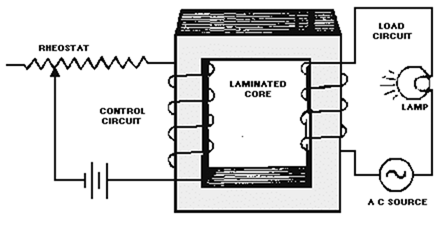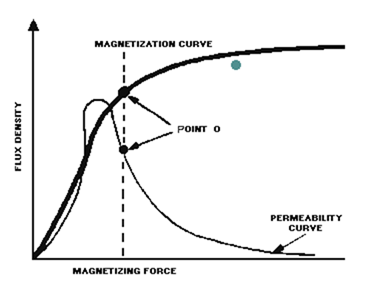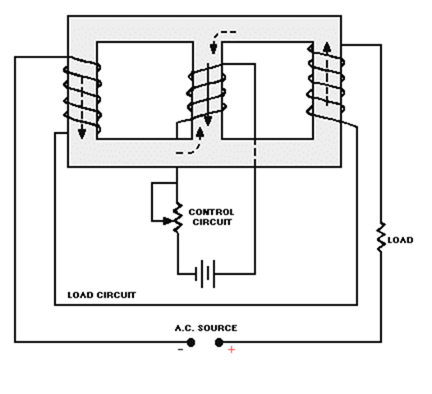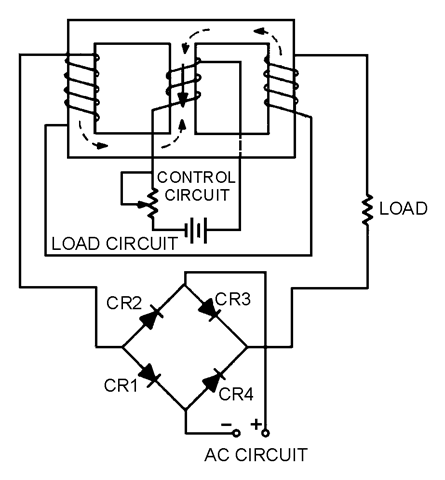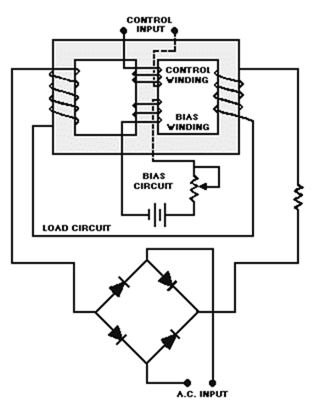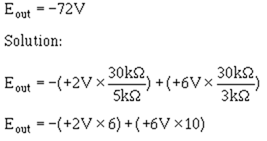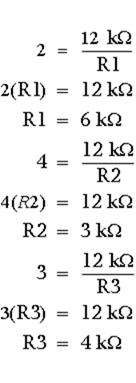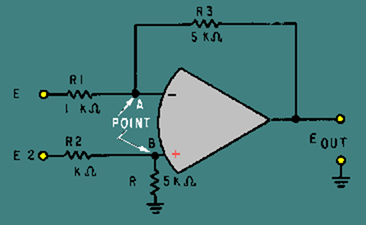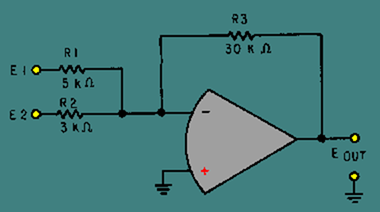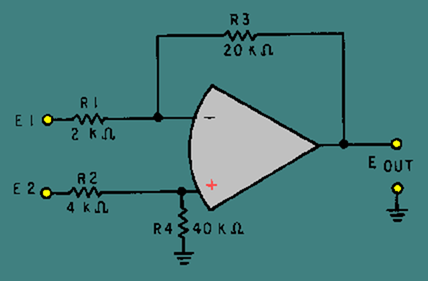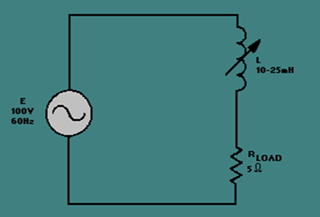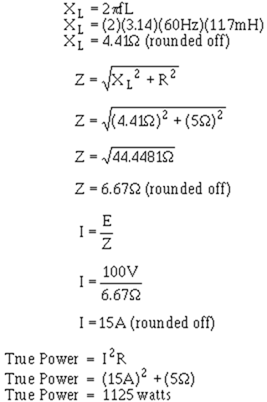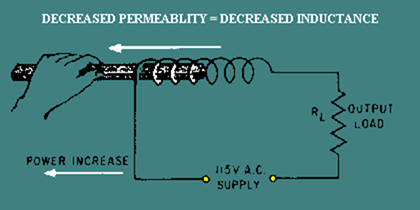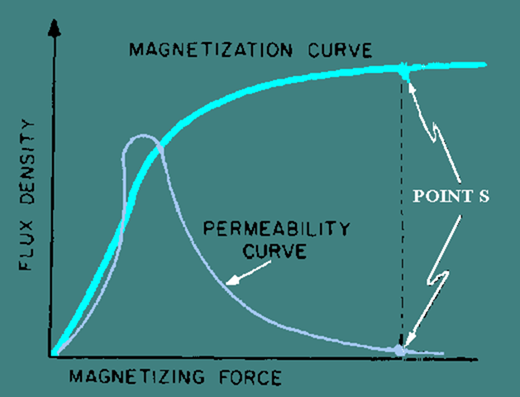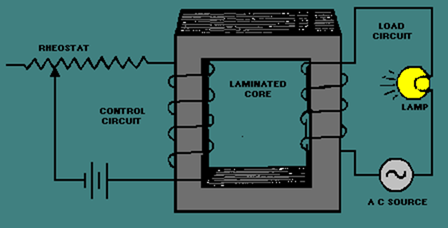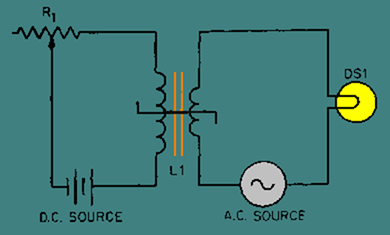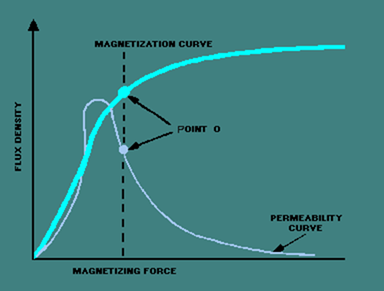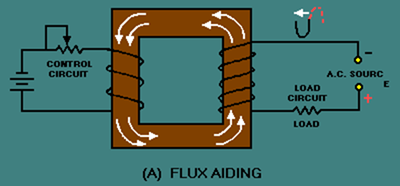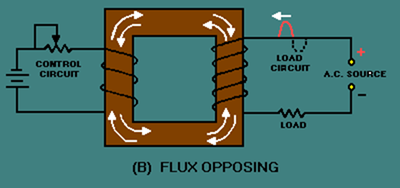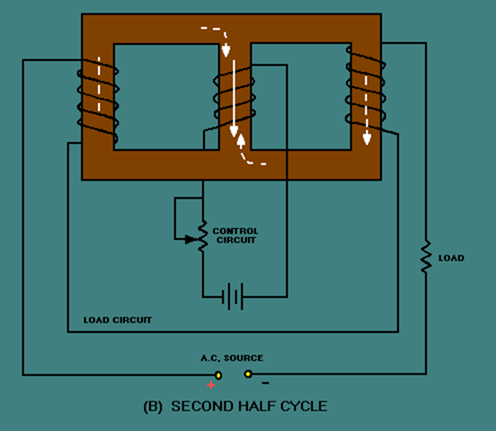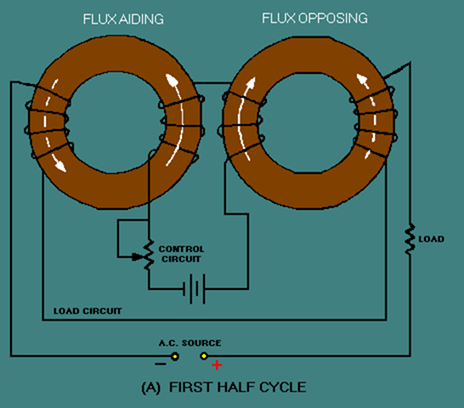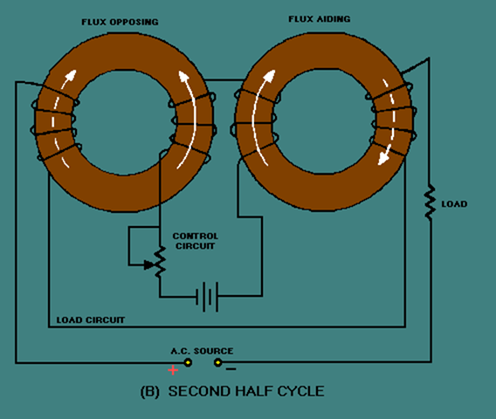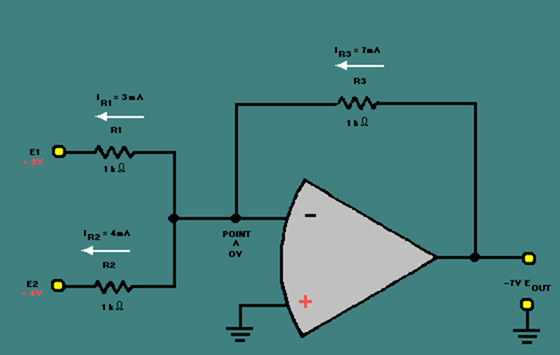Très Chic: Threads for Special Occasions
In This Chapter
▶ Dressing for semiformal to formal affairs
▶ Commemorating the holidays in style
▶ Understanding what to wear and what not to wear to weddings
▶ Shopping guide for special event clothing
If you’ve been reading this book straight through, you know by now that I want you to feel like a 10 anytime you leave the house. When you head to the market, you should look put together in your sweats or jeans. When you’re off to work, you should look and feel like you’re ready for a productive day. And when you’re getting ready for a special occasion, well, the fabulous you better be ready for a fabulous night out!
In this chapter, I explain the differences between white tie, black tie, and cocktail attire; how to dress for holidays and weddings; and how to shop for whatever else you may have coming up that falls in between!
Evening Wear
How many times have you received an invitation in the mail and said to your- self, “What am I going to wear to this!?” Well, we’ve all been there, excited for an occasion but less than thrilled about deciding what to wear to it — especially when you don’t quite know the fashion rules that apply to the different types of events, be they white tie, black tie, cocktail, or something in between. It can be confusing and the rules are a bit subjective, but I steer you in the right direction in this section.
In real estate, the key phrase is location, location, location. When deciding what to wear for an evening out, the same phrase applies. When picking out your attire, you have to keep in mind where you’re going and who your audience is.
Dressing for a cocktail party
Cocktails anyone? Now we’re talking my language! A cocktail party can celebrate many different occasions. Some people hold cocktail parties just for the fun of it while others center this type of party around birthdays, anniversaries, promotions, and so on. A typical cocktail party usually starts somewhere between 6:00 and 9:00 p.m. and lasts for a couple of hours. Light food — a selection of hors d’oeuvres, for example — is served, but not a sit-down dinner, hence the name cocktail party!
What should you wear to a cocktail party? This type of event is much more casual than a black-tie event but dressier than a dinner out with friends. The following can clear up any confusion you have about cocktail attire.
✓ Dress length: If you wear a dress, cocktail length is the way to go (obviously). That means that your dress should hit your leg right below the knee, as shown in Figure 11-1. But because there are no strict rules when it comes to a cocktail party, if you have fab legs, feel free to wear a shorter dress. How short should you go? With a cocktail party, you have a lot of leeway. How short you can go depends on a few things. Is it business or purely social? When it’s business, it’s still safe to wear something above the knee as long as it’s not a mini, but if you have doubts, always err on the longer side. If it’s purely social, use your judgment. In this case you can get away with something shorter.
Figure 11-1: A dress that hits right below the knee is always a safe bet for a cocktail party.
For cocktail parties, you aren’t limited to cocktail dresses. If you feel more comfortable in a two-piece outfit, go that route. For example, a sequin skirt paired with a beautiful cashmere sweater is perfect cocktail attire (see Figure 11-2). You can also go with a beautiful pair of slacks and a dressy blouse. Wear what you look best in. “Cocktail attire” is a looser term than “black tie.” You’ve got room to play around, so play!
✓ Color: What is the appropriate color to wear to a cocktail party? Well, that depends on where the function is and on what day of the week. A little black dress always works. But if you’re always in your LBD, try to get away from that. If you’re heading to a work cocktail party at 6:00 p.m. on a Tuesday, I suggest sticking with more neutral tones in a fabric, like wool or silk, that’s not shiny; avoid the red strap- less satin dress. If, on the other hand, you’re going to your best friend’s home on a Saturday night for a soiree, go for it! No colors are off-limits, as long as you’re season appropriate. (See Chapter 5 for more on color.)
✓ Accessories: Obviously, the accessories you choose depends on what dress you decide to wear. I love wearing simple dresses and switching up my accessories. Bold statement necklaces or chandelier earrings always complete an otherwise plain-looking dress. If your
Figure 11-2: Cocktail dresses aren’t required at cocktail parties.
dress already has a lot of embellishment, go simple with the accessories. Fun, fun, fun. This is the type of event where you can really express your personal style, especially with the right statement piece.
If you question what to wear, don’t be afraid to ask other women whose style you trust and who are attending the same event. Other partygoers may offer some clues as to what is the most appropriate thing to wear. Maybe one of them has been to this venue or knows the crowd better than you do and can give you guidance. For example, if the event you’re going to involves a more mature crowd, you may want to dress a bit more conservatively. If you’re heading to a soiree with a crowd you know well and are comfortable with, your outfit can take a sexier turn! Remember, if someone is inviting you to a cocktail party, they want you to have fun. So have fun!
If you have a lot of cocktail parties or other events coming up and are on a tight budget, buy one classic dress in a neutral color. You can switch up the shoes, accessories, and clutch and create many different looks. Also, don’t forget the power of a shawl. A beautifully made, adorned wrap can take a dress from simple to sizzling in a flash! Figure 11-3 shows how a dress can take on a different look.
Figure 11-3: Changing accessories and adding a shawl can change the look of a dress.
Attending a black-tie affair
So you’re heading to a black-tie affair. Should be fun, right? Is someone get- ting married? Are you attending a bat or bar mitzvah? Is your loved one being honored for being fabulous? Whatever the occasion, I assume you know it’s black-tie, because, well, the invitation says so.
Men are lucky when the invite says “Black Tie” because they pretty much know what to wear: A tuxedo of some sort is the dress du jour. The only big choice a man has to make is what tie or cummerbund to wear! Women, on the other hand, face a multitude of choices. Do you wear a floor length, tea length (one that hits mid-calf; see Figure 11-4), or cocktail length dress (one that hits just below the knee). Do you choose a black dress or take a chance with a bright color? Do you wear your hair up or let your hair down (so to speak). Time of day, location, and the nature of the event are just a few of the factors you must take into account when deciding on the big pick.
Don’t stress out yet! Here’s the good news. When an invitation says “Black Tie,” the person or people throwing the party are pretty much telling you how they want you to look. They want you dressed to the nines! A long dress is the safe choice for an affair of this magnitude, but going shorter (as I mentioned) is no longer a faux pas. Similarly, wearing that fabulous long black number is totally appropriate, but it’s also acceptable to redefine, within boundaries, what black tie looks like. While I’d advise against whipping out that sexy dress from New Year’s Eve, you can, for most black-tie occasions, choose a dress with color or adornments that highlight your personal style. Next time you’re perusing the racks for that perfect dress, keep these ideas in mind because you are allowed to have fun when dressing up — I promise!
Here are some pointers for choosing an outfit for a black-tie affair:
✓ Know your audience. If the person or people hosting the event are more conservative, follow suit. You can never go wrong with a simple, floor length dress when attending a black-tie affair.
Black-tie attire can range from conservative to whimsical. For example, a couple I’m close with had a black-tie wedding on a Saturday night, and I debated what to wear to it. The couple is very edgy and far from conservative, so I knew I could play around with my black-tie look. I chose a cocktail length, midnight blue dress — did I mention my fab accessories? I loved it. It was perfect for that wedding.
Figure 11-4: Show your personal style when picking what to wear to a black-tie event.
✓ Pay attention to the event’s timing. A black-tie event on the weekend is often dressier than a black-tie event held during the week.
✓ Have fun! Make sure your personal style shows when you saunter into your event. Confidence is key!
If you plan to wear that long black dress you have already worn to an occasion with the same group of people, switch it up: Buy a big statement necklace or earrings to serve as the centerpiece of that look. If First Lady Michelle Obama can repeat an outfit, so can you!
Tuxes for women
Yves Saint Laurent was the first to show women in tuxedos. The year was 1962, and since then, many designers have shown women in either full tuxes or outfits with a tuxedo motif. But it’s definitely a daring selection for most occasions. My advice? Unless you know your audience is
one that is on the edgier side, and you feel totally comfortable in one, stay away from the female version of tuxes! True, megastar Rihanna did get a lot of play for wearing a black Dolce & Gabbana suit to the Met Costume Institute Gala in 2009, but, hey, she’s Rihanna!
White-tie affairs: The most formal of all
A white-tie affair is the most formal event you can attend. State dinners at the White House and similar high status locations distinguish themselves by being extra formal — that is, white tie. Most people never attend an event of this stature (I never have). But knowing what’s expected is important, just in case your invitation comes in the mail!
White-tie events are more formal than black-tie events, and a long gown is always a must (see Figure 11-5). As I said, many white-tie events are state dinners, when the head of state of one country visits another. But other occasions may also call for white-tie dress, such as fancy balls or cotillions. And of course, any group that wants to be very formal can host a white-tie event (although this is very rare).
Because of the formal nature of these events, there are certain expectations regarding attire. The dress for a white-tie evening is not only an evening gown, but a rather modest one. Bare shoulders are generally not acceptable, and women often wear opera length gloves (reaching up the arm just past the elbow, usually made of satin). Silk or satin shawls are usually worn as well. One exception: A woman from a foreign country attending a state dinner may wear the dressiest clothing representative of her country, such as a sari for a woman from India.
If you find yourself with an invitation to a white-tie affair, bring me as a date! Seriously, if you’re heading to this type of affair, there is no room for error. Rules must be followed.
Figure 11-5: Attending a white-tie affair? Follow the strict dress code.
Dressing for the Holidays
There are two schools when it comes to dressing for the holidays. Some people like to wear items to commemorate the season: Santa Claus sweaters, socks with dreidels, and other items with a seasonal feel. Now I don’t want to sound like the Grinch, but if you’re going this route, I suggest you do it minimally (especially if you’re leaving the house). The only way to pull off this look in style is to pick one gimmicky item and make it the focal point of your outfit. Everything else you wear should be a solid color and nothing else should have details.
Another way to commemorate the holidays is to go in a subtle direction. You can wear seasonal colors and materials that give off a holiday vibe. This section shows you how to be the life of the party without looking like the centerpiece!
Wearing holiday colors
A great way to celebrate the holidays is to wear the season’s colors. You can still look the part without shouting out the particular holiday you’re enjoying by doing the following:
✓ Mix holiday colors with neutral ones. Pick one color (red or green for Christmas or, if you celebrate Chanukah, blue or silver) and pair that color with a complementary one. For Thanksgiving, maybe try a top in the pumpkin or cranberry family. No matter your faith or the type of holiday you’re celebrating, the goal is the same: Stay festive while remaining stylish.
If you don’t look good in the colors of the season, don’t wear them. Stay true to your style, your color scheme, and your body type.
✓ Try accessories. An alternative to wearing a color representative of a particular holiday is to pick an accessory that gives you the same feel. Chandelier earrings that sparkle will put you right in the mix with other partygoers. For more on accessories, head to the section “Accessorizing holiday-style.”
You can get a dressier holiday look by wearing a sweater or dress with sequins, beading, or paillettes, which give you the sparkle and the festive feel with- out the gimmick (see Figure 11-6). These choices are sophisticated and appropriate for everything from a holiday dinner to the office holiday party.
Figure 11-6: Sequins can give you holiday style without the gimmick.
Holiday dress styles
What dress styles are acceptable for the holidays? Good question! As always, your LBD is acceptable, as is your favorite cocktail dress. But you have other alternatives to play around with, too.
If you love your shoulders, try an asymmetrical or strapless dress. If you love your legs, try a shorter dress with a higher neckline. If you want to show a little cleavage (and I stress a little), try something with a plunging neckline. Whatever your preference, just pick a dress that’s made with a winter-like material and in a color that’s seasonally appropriate. Now of course “winter- like” material is different depending on what part of the country you’re in. If you live in New York, go with velvet or satin. If you’re spending winter gallivanting in Miami (lucky you!), you can wear a silk-satin or chiffon number.
If you choose to go the short route, make sure you don’t push the envelope. If you have any doubt that your dress is too short, it is. Always err on the longer side. Sexy is really sexy when only one part of your body is on display. If you’re showing a little cleavage, don’t wear a short dress. If you’re wearing a short dress, don’t wear something low cut. You never want to be the girl in the revealing dress that everyone is talking about for all the wrong reasons.
Choosing materials that give a holiday vibe
Delving a little deeper into materials appropriate for the holidays, certain fabrics make you think “party” as soon as you see them. For example, a blazer with satin lapels is understated yet celebratory because of the extra shine provided by the satin. Velvet and cashmere give you that same holiday feel because they provide an added sense of luxury. I go skiing for the holidays. After a day on the slopes, my favorite thing to do is lounge around in my cash- mere sweater and pants (which I invested in eight years ago and still have) and drink hot chocolate. Cozy, right? What’s great about wearing materials that are holiday-like is that you probably have many items sitting in the back of your closet that, when paired with the right things, will work perfectly.
During the holidays, you can wear an outfit that’s a little more dramatic. For example, a black velvet pant suit may be too much to wear to just any old event in the winter, but at a holiday party, the same pant suit paired with a simple tank and fun jewelry makes you queen of the night. Any other night you’d put the blazer with jeans or the pants with a blouse. Bottom line: It’s all about how you put your outfit together.
Patent leather is another holiday staple (in fact, the material is so versatile it should be in your closet year round). Patent leather shoes, handbags, and belts are all items that make an outfit pop. The trick is to pick one piece to add to what you’re already wearing. For example, if you plan to wear a velvet blazer with jeans, grab a white button-down shirt, silver chandelier earrings, and a pair of black patent pumps, and you’re instantly holiday chic (see Figure 11-7).
Patent leather shows scuff marks more readily than other materials, so avoid the lighter colors where scuffs are more obvious. Bad shiny shoes can ruin even the most stylish outfit.
Accessorizing holiday style
A way to look chic without wearing holiday-obvious clothing is to shimmer with metallic accents. A great way to do this is with silver and gold jewelry. The good thing is you likely already have pieces that you can combine to make a holiday statement. Here’s some advice based on questions I get all the time:
✓ “Does brown (or black or any other particular color) go with gold or silver earrings?” Here’s the deal: Any solid color can go with yellow gold, silver, white gold, or platinum.
You run into a problem when you get into a top or a dress that already has embellishments. Almost 100 percent of the time (and I say “almost” because there are always exceptions in life), you should wear an accessory that matches what is highlighted in the dress. If your dress has gold paillettes around the neckline, a simple gold hoop works best.
✓ “Is it okay to mix metals?” The answer is yes, yes, yes! Don’t be afraid to mix your gold and silver necklaces. Different length chains (and even ones with charms or lockets), when mixed correctly, can be chic and festive. Experiment with what you have. You’ll be surprised how you can reinvent jewelry you’ve had for years.
Figure 11-7: A sophisticated, festive look.
Jewelry is not the only way to accessorize for the holidays. A shawl with metallic accents is very chic. So are metallic colored shoes and handbags. Again, the key is to not overdo it. If you’re wearing all black, try pairing gold sandals and a gold clutch with your outfit. (Metallics are considered neutral, so use them instead of basic black to spruce up your wardrobe.) I’m also a huge fan of small hair accessories! (Did I say “small” in a strong enough way?) I often wear low buns with a very small studded bobby pin on the side. You almost don’t see the bobby pin, but when you do, it becomes a conversation piece. Another trick is to take a festive brooch you’ve had forever and pin it to a clutch. I also do this with jean jackets (on the pocket).
Open-toe shoes in winter — yes or no?
It’s perfectly fine to have your feet exposed during the winter. Here’s a little guidance to help you determine if open-toe is the way to go:
✓ Let common sense be your guide . If you think you’ll be outside for an extended period of time, go with a shoe that keeps you warmer. But if you’re out in the elements only long enough to get in and out of the car, you can wear a sandal during the holidays whatever the climate.
✓ When you wear open-toe sandals in the winter, stick with darker colors that have more of a wintery feel . Keep brights, pastels, and light colored shoes packed up until spring and summer come around! Black, gold, and silver are acceptable year round.
✓ If you wear an open-toe shoe or sandal, go sans stockings . For more on hosiery do’s and don’ts, head to Chapter 14.
The holidays are a time that you should really have fun with what you wear. Don’t forget you can make a statement with any article of clothing you put on your body. If you’re set on wearing that little black dress, how about pairing a great pair of heels with it? Nothing says “Happy Holidays!” like a great pair of red stilettos! Have fun, don’t be too theme-y, and be sexy! No matter your age, when you feel great, you’ll enjoy yourself more — trust me!
What to Wear to a Wedding Chances are you’ve opened a wedding invitation, seen the requested attire, and said to yourself, “I have nothing to wear to this!” Well, you’re not alone. Nowadays, with all the different types of weddings, who can keep up? When it comes to a wedding, many variables affect what you should and shouldn’t wear. The following sections go into more detail, but it all boils down to these two key factors:
✓ The couple whose wedding you’re attending: Take into account the bride and groom’s personality and adopt their vibe into your personal style. If the bride wants you to look “hot” because she has a great friend she wants to fix you up with, then opt for a sexier dress. If the couple is more conservative, better to err on that side and go with a more conservative dress. If the couple is more relaxed, you can get away with having some fun with your look. Bottom line: Respect the couple hosting the affair and choose something that expresses your style while staying within the boundaries of what’s appropriate.
✓ The location of the wedding: Consider the location and setting of the wedding. If you’re heading to an outdoor barbeque in the summer, you can never go wrong with a nice sundress and flat sandals. A formal wed- ding in a cathedral requires something more formal.
The following sections go into more details.
Type of attire specified on the invitation
Many invitations specify a type of attire, but even when you open the enve- lope and the invite spells it out for you, you’re still left wondering, “What am I going to wear?” The following helps you decipher what is what when it comes to wedding wear:
✓ Casual: An invitation that says “Casual” clearly indicates the couple is planning a more informal wedding and requests casual dress. An informal wedding can be anything from a barefoot beach wedding to a barbeque where flip-flops are the requested footwear. Because of the variation in what constitutes casual dress and what any particular couple envisions, figuring out what to wear can often get tricky. As I mentioned earlier, think about the couple whose wedding you’re attending and, if you need to, feel free to ask them what other people are wearing.
✓ Cocktail: If the wedding invitation says “Cocktail Attire,” a cocktail dress is most appropriate. I recommend staying away from wearing a floor length dress, which for the most part shouts black tie (if they wanted you that dressed up, they would have said so). See the earlier section “Dressing for a cocktail party” for advice on choosing an appropriate cocktail dress. And remember, cocktail attire generally means cocktails are in the mix, so get ready to have some fun!
✓ Black tie: If the invitation says “Black Tie,” you’ll see a lot of floor length dresses, but don’t be afraid to wear a cocktail dress if that is what looks best on you. You can be elegant and formal and totally appropriate without wearing a floor length gown. For almost every black-tie event, a dress that comes right below the knee is totally appropriate (for wed- dings, I wouldn’t go too short — no more than an inch above the knee, tops). The earlier section “Attending a black-tie affair” offers more advice on black-tie attire.
Figure 11-8 shows types of attire for weddings: casual, cocktail, and black tie.
Figure 11-8: Different styles of wedding attire, from left: casual, cocktail, black tie.
If you’re at a loss, don’t be afraid to ask questions. E-mail or call the bride and ask what most people are wearing. If you don’t have that kind of relationship with the bride, ask a mutual friend who is attending as well. Between that, the invitation, and the advice in this section, you have all the info you need to pick the perfect dress!
I know I’ve said this before, but I’m saying it again: It’s always better to be slightly overdressed than underdressed — always.
Time of day
Knowing the time of the wedding is a huge factor in helping you decide what fabulous dress you’re going to choose. Fortunately, you only have to look at the invitation to get this info! The key thing to know is that nighttime wed- dings are, for the most part, dressier than those held during the day. Here are the details:
✓ Daytime weddings: Typically, daytime weddings are informal or semiformal. A shorter dress is fine, as is a suit. If you go with a suit, don’t wear one in a Wall Street pinstripe or anything that looks too corporate. Feel free to wear something in a lighter color. And if any part of the wedding is going to be on grass or sand, remember to leave the heels behind. If you want to wear two pieces, keep it on the dressier side, such as a satin A-line skirt paired with a dressy blouse. For the most part, you also want to stay away from black if you’re attending a daytime wedding. Weddings are fun and festive, and black, although dressy, tends to be more conservative and serious. So while you can get away with black at night (as long as you dress it up with fancy or statement jewelry), during the day it’s more appropriate to wear something happier.
Don’t feel you can go ultra casual just because the wedding is during the day. You’re still going to a wedding. Whether it’s 11:00 a.m.or 11:00 p.m., it’s still the bride’s most important day, so dress up for it! When my friend Pam got married at 11:00 a.m. on a Sunday in Miami, I wore a long sundress and some people even wore cocktail length dresses.
People always ask me whether it’s okay to wear sunglasses for a daytime wedding held outdoors. The answer is yes. You want to be able to see the ceremony without squinting!
✓ Evening weddings: Woo hoo! Dress up time! Evening weddings almost always have a dress code. “Cocktail Attire” or “Black Tie” will likely be nestled in the corner of your invitation. This type of affair calls for a cock- tail or black-tie dress. For everything you need to know, see the earlier sections “Dressing for a cocktail party” or “Attending a black-tie affair.”
The setting
Where the wedding takes place certainly plays a part in what’s appropriate attire. Different venues call for different types of attire. A wedding that’s held in one of the top hotels in a big city is going to be more formal than a wedding held at a local restaurant in a small town. If you’re going to a country club wedding, expect people to be dressed up; if you’re off to a night club type of venue, the outfits will be edgier; and a beach wedding is more casual. Location is definitely one of the key ingredients when figuring out what to wear.
If you’re going to a wedding at a venue you’re familiar with, the dress is easier to predict. Never heard of the venue? Then let Google be your friend! Type the name of the venue into the search field to find out what the venue’s like.
If the ceremony is outdoors where you’ll be walking on grass, sand, or cobble- stones, here’s a great invention to put on your heels to keep them protected: SoleMates (see Figure 11-9). These plastic heel covers are intended to keep your slim sticks from sinking into grass, grates, or other tough-to-manage surfaces. Check them out at www.thesolemates.com.
©Jeffrey Weir, thesolemates.com
Figure 11-9: SoleMates let you walk comfortably on uneven surfaces.
A wedding that takes place in a house of worship generally means that you need to dress in the manner appropriate to that location. If you’re unsure, the simplest solution is to ask the bride, or you can call ahead to the house of worship, though their guidelines may be stricter than the ones the bride will provide. In any case, you can rarely go wrong if you bring along some sort of wrap just for the service.
ave a great dress that’s perfect for the reception but not quite as conservative as you want it to be for the wedding ceremony itself? Pair it with a shawl. With a shawl, you can transition your dress seamlessly from sexy to conservative. A wrap can also be good to have on hand if the reception hall is very well air-conditioned or if the air temperature drops as you swing from late after- noon to evening.
General rules for all weddings
While no two weddings are exactly alike, most weddings follow the same basic pattern. For example, usually a religious ceremony precedes the reception, and that means you have to take the rules for dressing in a house of worship into account as well as the party afterward. The following are some other basic guidelines:
✓ Don’t wear white. One wardrobe no-no when it comes to weddings is never wear white, ivory, cream, or any color in that family to a wedding, or even to a rehearsal dinner for that matter. White is normally reserved for the bride.
✓ Stay away from the color the bridesmaids are wearing. It’s a little awkward if you’re the only non-bridesmaid in peach. You’ll look like a wedding party wannabe.
How low can you go? The neckline dilemma
When it comes to plunging necklines, there’s always the question of how much is too much? To arrive at the right answer for a wedding, con- sider the following:
✓ How well-endowed you are . If you stick with the theory that less is more, bigger busted women may want to opt for a dress that is not low cut. A sweetheart neck (see Chapter 9) or strapless dress would be flattering and appropriate choices. If you’re smaller around the bust area and want to wear a dress with a plunging neckline,
you can. Just make sure that nothing that shouldn’t be exposed is exposed. (If necessary take precautions like using double-sided tape.) As long as you can be comfortable and move around and not worry about falling out of your dress, you should be fine.
✓ Whose party you’re attending . If the couple is more conservative, it’s more respectful and appropriate to dress on the more conservative side. As much as you’d like to be noticed for your taste and style, you don’t want to stick out like a sore thumb.
✓ It’s okay to break out the dressier accessories. Weddings are certainly the occasion to wear those special pieces that you normally don’t get the chance to wear. This goes for jewelry, a fancy clutch, or dressy heels. (But be careful not to over accessorize; see Chapter 14 for details.)
If you’re someone who buys something and then waits to wear it for that “special” occasion, listen up! I want you to feel special all the time. So in addition to wearing that jewelry to your next big occasion, try to incorporate some of it with a more casual outfit. Your good things should be worn, not stored!
Shopping for Evening Attire and Clothing for Other Special Events Regardless of your budget, when shopping for clothing for special events, make your first stop a store that carries high-end designer gowns and dresses. Why? Because you’ll learn the current trends and see what’s hot at the moment. With this info in mind, you can then head to the stores that fit your budget and find dresses that are of a similar style to the more expensive ones. So once you get the lay of the land, begin searching more seriously elsewhere (unless you happen to find the perfect designer dress on sale — lucky you!).
Next, look for a style that is most flattering for your body. For example, in 2009 asymmetrical necklines were all the rage at the awards shows, but if you don’t have fabulous arms, this isn’t a trend you should adopt. Instead, pick the body part you like most and accentuate it. If you love your bust line but hate your hips, a plunging neckline is the answer. If you carry most of your weight in the lower half of your body, try picking a dress that has patterns or embellishments on the upper half of it.
Whether you’re a size 8 or a size 18, I want you to feel fabulous! That means highlighting the parts of your body you’re confident about and choosing cloth- ing that helps camouflage what you consider your flaws. Here are some specific pointers:
✓ Don’t shy away from color; just wear it the right way. As a general rule, darker colors are more slimming. But don’t feel like you have to buy black every time you go shopping. If you carry most of your weight in the lower part of your body, for example, choose a dress with a plunging neckline or a top that is detailed or ornate. This way you draw the attention to the upper half of your body.
✓ Find a feature you like that you can focus on. This is all about being real and honest with yourself (not to mention giving yourself a break).
If you look in the mirror and say, “I hate my stomach, thighs, tush, and arms,” you’re going to have a hard time finding a dress. But if you look and say, “My arms are good, but I don’t love the way my hips look,” you have enough to work with to find the perfect outfit. In this case, buy a sleeveless A-line dress, which will show off your arms and camouflage your hips.
✓ Think about the material the dress is made of. Some gowns are made of heavier fabrics and others are made of very wispy ones. You have to know which type works best for your own shape. A more structured dress made of a heavier fabric gives you more support and camouflages more, whereas a flowing, wispy dress is more likely to be made of a thinner, possibly sheer material and more revealing. You can find more detailed information on how to accentuate your attributes, no matter what your body type, in Chapter 3.
When you try on dresses, make sure you look put together so that you can envision, at least to some degree, what you’re going to look like. If you plan to wear your hair a certain way, try to wear your hair in that ’do. No, you don’t need to go to the salon before you go shopping. Instead, fake it! Simple hair clips that pull your hair away from your face, for example, may give you a more formal look. Also don’t forget to wear shoes with about the same heel height as the shoes you’ll be wearing. Everything helps when making a significant purchase.
































